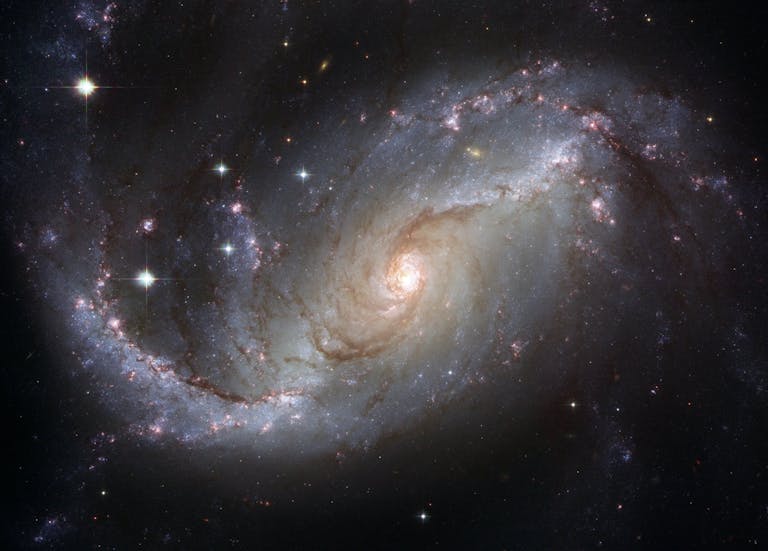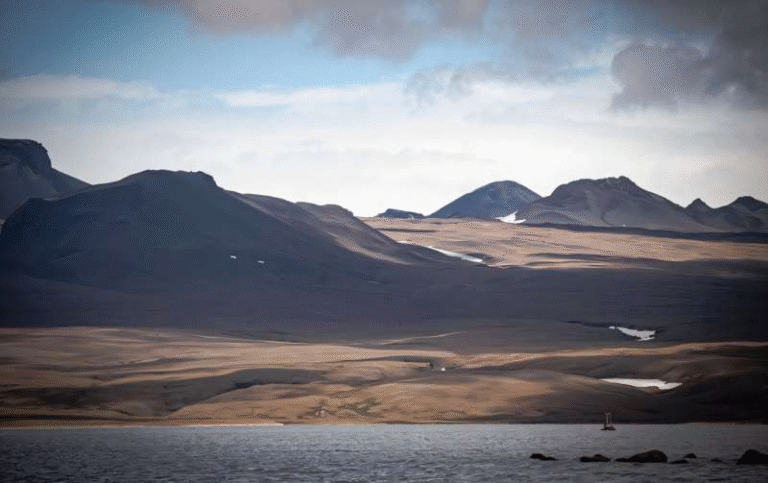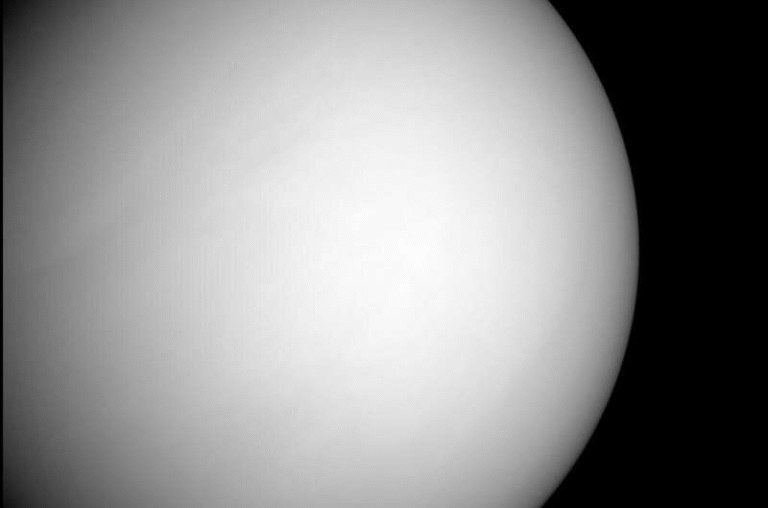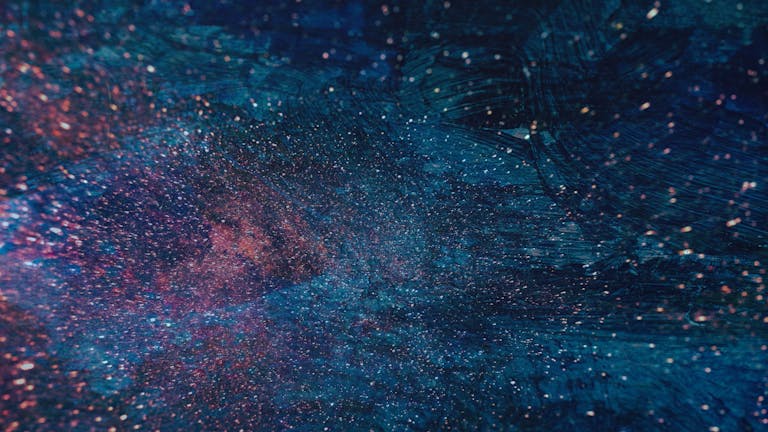Scientists Explore How We Might See Beyond the Cosmic Microwave Background—the Universe’s Earliest Wall of Light

When we look deep into space, we’re actually looking back in time. The further we peer, the closer we get to the beginning of everything—the Big Bang. But there’s a limit to how far our eyes, telescopes, and detectors can go. That limit is called the Cosmic Microwave Background (CMB), a faint glow left over from when the universe was about 380,000 years old. Beyond that, light itself can’t reach us, because before that time, the universe was too hot and dense for light to travel freely. It’s often described as a “wall of light.”
Now, new research suggests there might be ways to peek beyond this cosmic wall, not by directly seeing through it, but by detecting other signals—like X-rays, neutrinos, and even subtle distortions in the CMB itself—that carry indirect information about what happened earlier than we’ve ever been able to observe.
Two new studies by Leo Stodolsky and Joseph Silk, published on arXiv and in The Astrophysical Journal in 2025, explore how these hidden clues might finally let us glimpse the universe’s most mysterious first moments.
The Cosmic Microwave Background—A Wall We Can’t See Past
The CMB is often called the “afterglow” of the Big Bang. It was formed when the universe cooled enough for protons and electrons to combine into hydrogen atoms. Before that, the cosmos was an opaque plasma where light kept bouncing off charged particles. Once neutral atoms formed, light could finally travel freely, filling the universe with radiation that has since stretched into the microwave spectrum due to cosmic expansion.
This radiation has been mapped in exquisite detail by satellites like COBE, WMAP, and Planck, revealing faint ripples in temperature and density that tell us about the universe’s early structure. But beyond the CMB, our view stops. Everything that happened earlier—the first seconds and minutes of cosmic history, when particles, forces, and energy took shape—is hidden behind that bright curtain.
That’s where these new ideas come in. Scientists are now trying to find indirect messengers that could have escaped before light did.
Early Cosmic Bursts and the Hidden Signals They Might Leave Behind
According to Stodolsky and Silk, the early universe might not have been completely uniform. Tiny fluctuations in density could have triggered localized bursts or “mini-explosions” in the dense cosmic plasma. These bursts might have produced positrons (the antimatter counterparts of electrons) and high-energy neutrinos, releasing a cascade of radiation and particles.
Although light couldn’t escape the early universe, neutrinos—which interact only weakly with matter—could have slipped through. Likewise, some X-ray photons generated much later from these interactions might still reach us, heavily redshifted but detectable with advanced instruments.
The researchers propose that if such bursts occurred, they could leave three distinct kinds of traces:
- Soft X-rays from positron-electron annihilations.
- High-energy neutrinos that predate the CMB.
- Subtle distortions or hot spots in the CMB caused by early bursts injecting energy into the plasma.
The Soft X-Ray Connection
In the first paper, titled “Positron Signal from the Early Universe,” the authors suggest that early bursts could produce positrons. When positrons encounter electrons, they annihilate, producing 511 keV gamma rays. These photons, emitted billions of years ago, would have been redshifted by cosmic expansion into the soft X-ray range (around 2–3 keV) by the time they reached us.
That’s significant because there is already a cosmic X-ray background—a faint haze of X-rays coming from all directions. Most of it originates from ordinary astrophysical processes like black hole accretion or galaxy formation. But if we could detect unusual peaks or excesses in the soft X-ray data that don’t match known sources, they might be the relics of those ancient positron bursts.
This would open a brand-new observational window—one that goes deeper in time than the CMB.
However, detecting such signals won’t be easy. The soft X-ray background is faint, and any new signals would likely be even fainter. Observatories would need long observation times and extremely sensitive detectors to distinguish them from noise and other cosmic sources.
The Hunt for Ancient Neutrinos
In their second paper, “Signals of Bursts from the Very Early Universe,” Stodolsky and Silk focus on neutrinos—tiny, nearly massless particles that rarely interact with matter. Because they pass through almost everything, neutrinos could have escaped the dense early universe long before photons could.
If early bursts created large numbers of high-energy neutrinos, they could have traveled across the cosmos unimpeded. Today, we might detect them as part of the cosmic neutrino background—a diffuse sea of relic neutrinos from the Big Bang.
We’ve already seen a hint of how this works. When Supernova 1987A exploded, a burst of neutrinos reached Earth a few hours before the light from the explosion, because neutrinos escaped the star’s core earlier. Similarly, if ancient cosmic bursts occurred before the CMB formed, their neutrinos could still be arriving today.
The problem is that neutrinos are incredibly hard to detect. Even our best detectors—like IceCube in Antarctica—only catch a handful of cosmic neutrinos per day. To spot the subtle signals from these primordial events, scientists would need a new generation of neutrino observatories with even greater sensitivity.
Still, if such neutrino “spikes” could be identified—signals that don’t match known astrophysical sources—they would offer a rare glimpse into the universe’s first instants of activity, long before light could travel.
Clues Hidden in the CMB Itself
The same bursts that created positrons and neutrinos might also have injected tiny patches of extra energy into the plasma before it became transparent. These localized hot spots could leave faint distortions or anomalies in the CMB we see today.
So far, observations of the CMB are incredibly smooth, with only minute variations in temperature and polarization. But with future high-resolution missions, scientists could search for these small imprints. They’d be like fingerprints of ancient energy releases, frozen in time since the earliest ages of the cosmos.
Why This Matters
Seeing beyond the CMB would be one of the biggest achievements in modern cosmology. Right now, everything we know about the first 380,000 years after the Big Bang comes from mathematical models, simulations, and indirect evidence.
If we could detect X-ray peaks from early positron annihilations or neutrino bursts from the primordial plasma, we would finally have direct observational data from an epoch that’s currently invisible.
It could help explain how supermassive black holes formed so quickly, what seeded the large-scale structure of the universe, and how energy fluctuations in the early cosmos evolved into galaxies and clusters.
The Challenges Ahead
Of course, there are plenty of hurdles. The predicted signals are extremely faint, and separating them from background noise will require unprecedented precision. Neutrinos, in particular, are so elusive that even detecting the cosmic neutrino background—something we know must exist—hasn’t yet been achieved.
Additionally, these theories depend on the idea that early bursts actually occurred, which is still speculative. The universe’s inflationary period, the creation of primordial black holes, or the formation of “baby universes” could have caused them, but no direct proof exists yet.
Despite these uncertainties, the idea is exciting. As technology advances, new telescopes and detectors—especially those focusing on high-energy X-rays and low-energy neutrinos—could begin testing these predictions.
A Step Toward Peering Beyond the Big Bang
Human curiosity has always pushed us to look further and deeper into space. From the discovery of the CMB in the 1960s to mapping its fine details in the 2000s, each step has revealed more about our origins.
Now, with researchers like Stodolsky and Silk proposing new ways to study what lies beyond the CMB wall, we might soon open a window into the first moments after the Big Bang—a time when the universe was a sea of particles, fields, and unimaginable energy.
It’s still theoretical, but every breakthrough starts this way. And if these ideas hold up, they could help us answer one of the biggest questions of all: what really happened before light existed?
Research References:
Positron Signal from the Early Universe (arXiv, 2025)
Signals of Bursts from the Very Early Universe (The Astrophysical Journal, 2025)





